Cuba, an island nation in the Caribbean, is not just a destination; it’s a living canvas painted with the brushstrokes of a rich and vibrant culture. From the pulsating rhythms of its music to the colorful tapestry of its traditions, the Culture of Cuba beckons travelers on a captivating journey into a world where the past and present dance together in harmonious celebration.
Cuba, an enchanting island nestled in the heart of the Caribbean, invites travelers on a captivating journey into a world where history, music, dance, and resilience interweave to create a cultural tapestry unlike any other. From the lively streets of Havana to the serene landscapes of Viñales, each step in Cuba unfolds a new chapter in a narrative that spans centuries.
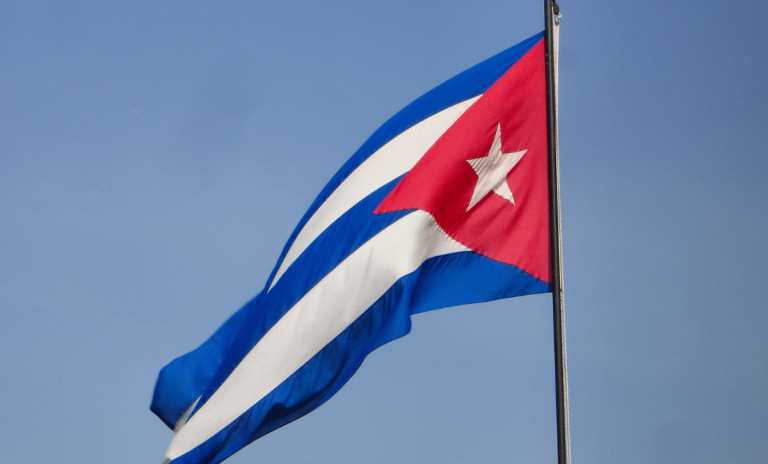
Music and Dance: The Heartbeat of Cuba
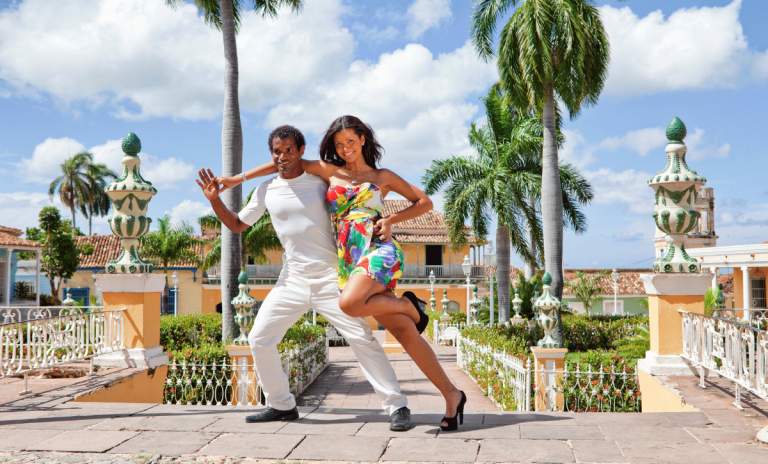
Havana Nights* – the phrase conjures images of lively streets pulsating with the beats of salsa, rumba, and son cubano. Cuba’s musical heritage is legendary, and its influence has reverberated across the globe. The soulful melodies of Buena Vista Social Club, rooted in the heart of Cuba, epitomize the island’s musical prowess. As one traverses the streets of Havana, music spills out from every corner – vibrant street bands, impromptu dance gatherings, and the rhythmic tap of heels on cobblestone streets.
The dance is as integral to Cuban culture as the music. The salsa, born in the clubs of Havana, is not just a dance; it’s a passionate expression of life. The intricate footwork and sensuous movements tell stories of love, resistance, and resilience. Visitors are encouraged to join in, to feel the rhythm, and become part of the living, breathing spectacle that is Cuban dance.
Cuban music, with its infectious beats and soulful melodies, is a cornerstone of the nation’s identity. Beyond the internationally acclaimed Buena Vista Social Club, local musicians infuse traditional genres like son cubano and rumba with modern twists, creating a dynamic sound that resonates with both locals and visitors.
Dance, too, is an inseparable part of Cuba’s cultural identity. The passionate movements of salsa, born in the vibrant clubs of Havana, tell stories of love, joy, and resistance. The streets become dance floors, and every interaction becomes a rhythmic exchange, showcasing the island’s commitment to embracing life with fervor.
Colonial Heritage: Architectural Elegance Frozen in Time
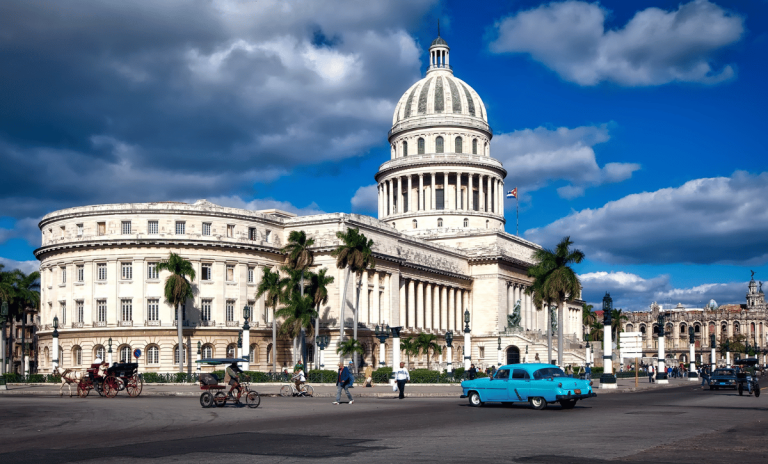
Cuba’s architectural landscape narrates a captivating story of its colonial past. Walk through the streets of Old Havana, a UNESCO World Heritage site, and you’ll find yourself transported back in time. The Spanish colonial architecture, with its grand plazas and pastel-colored buildings adorned with wrought-iron balconies, evokes an undeniable charm.
The historic fortresses, such as Castillo de la Real Fuerza and El Morro, stand as silent sentinels, witnessing centuries of history. The juxtaposition of the colonial structures against the vibrant street art that adorns many walls creates a visual spectacle that is uniquely Cuban.
Wandering through the streets of Old Havana feels like stepping into a living history book. The city’s colonial architecture, characterized by pastel-colored buildings and intricate wrought-iron balconies, exudes an old-world charm. Grand plazas like Plaza de la Catedral and Plaza de Armas serve as open-air museums, inviting visitors to explore the layers of Cuba’s colonial past.
Beyond Havana, the city of Trinidad offers a preserved time capsule of Spanish colonial architecture. Cobblestone streets, vibrant facades, and meticulously preserved mansions transport visitors to an era when sugar and tobacco fueled the island’s prosperity.
Festivals: A Riot of Colors and Emotions
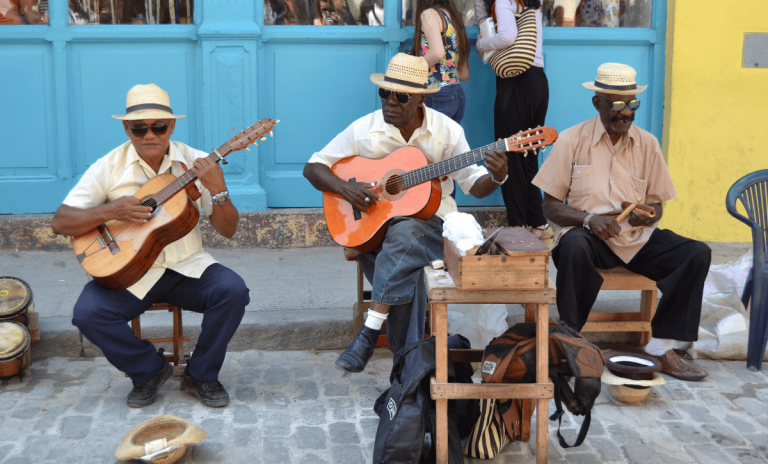
Cuba’s festivals are kaleidoscopic celebrations that reflect the island’s exuberant spirit. Carnival, with its elaborate costumes, lively parades, and infectious energy, is a highlight. The streets come alive with the sounds of conga drums, and dancers adorned in colorful costumes weave through the crowds.
Another notable celebration is the Santiago de Cuba Carnival, renowned for its Afro-Cuban influences. Traditional rituals blend seamlessly with modern festivities, showcasing the syncretism that defines Cuban culture. These festivals not only entertain but also serve as a collective expression of identity and unity.
Cuba’s festivals are exuberant expressions of its diverse cultural influences. The Havana Carnival, a riot of colors and energy, captivates with its lively parades, traditional costumes, and infectious music. The fusion of African, Spanish, and Caribbean influences during these celebrations showcases Cuba’s rich cultural syncretism.
Cigars and Coffee: Icons of Cuban Indulgence
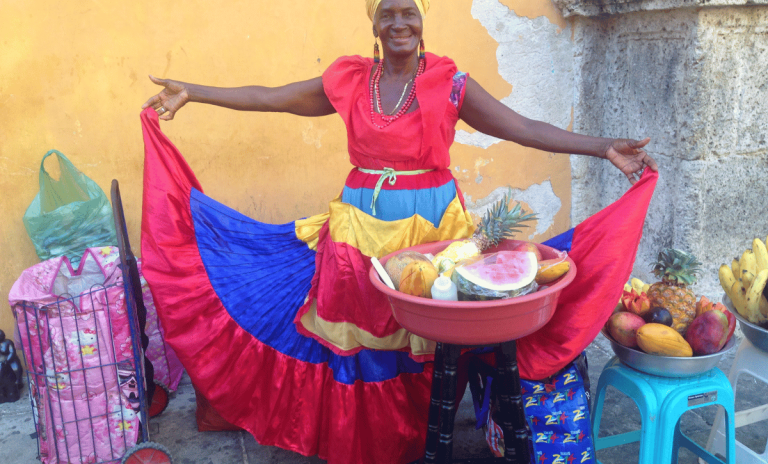
No exploration of Cuba’s culture is complete without delving into its two iconic exports – cigars and coffee. The art of cigar rolling, meticulously performed by skilled torcedores, has become synonymous with Cuban craftsmanship. Visitors can tour tobacco plantations in Viñales, witnessing the cultivation and crafting of the world’s finest cigars.
Coffee, too, is deeply ingrained in Cuban social rituals. The scent of strong, dark coffee wafts through the air as locals gather in cafes, engaging in animated conversations. The coffee culture is a testament to the importance of communal bonding in Cuban society.
Cuba’s influence extends beyond its vibrant arts and festivals to its globally renowned exports – cigars and coffee. The art of cigar rolling, a skill passed down through generations, is on display in Viñales, where tobacco plantations offer a glimpse into the meticulous process of creating the world’s finest cigars.
Coffee, deeply woven into the fabric of Cuban social life, is more than just a beverage; it’s a ritual. From the bustling cafes of Havana to the serene plantations of the Sierra Maestra, every cup tells a story of shared moments, animated conversations, and a sense of community that defines Cuban culture.
Revolutionary Legacy: Icons and Ideals
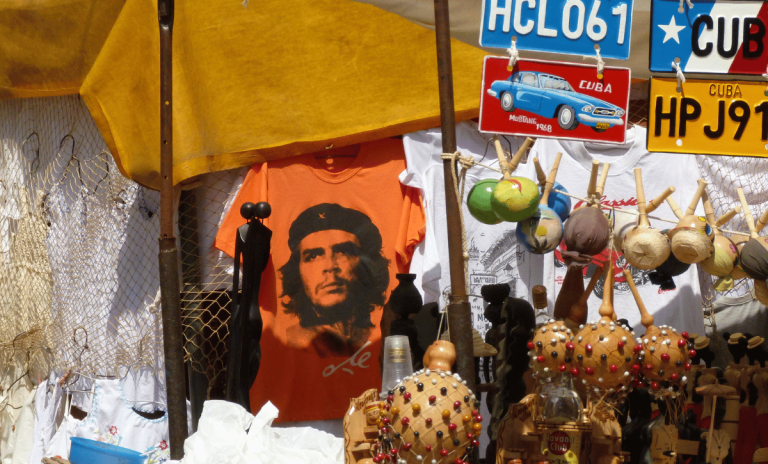
Cuba’s cultural tapestry is interwoven with the threads of its revolutionary history. The iconic image of Che Guevara adorns walls and billboards, symbolizing the island’s fight for independence and social justice. Museums, such as the Museum of the Revolution in Havana, provide a comprehensive insight into Cuba’s revolutionary journey.
The ideals of the revolution continue to shape the collective consciousness of the Cuban people. The commitment to education and healthcare, evident in high literacy rates and a robust healthcare system, stands as a testament to the enduring impact of the revolution on the island’s culture.
Cuba’s revolutionary history is etched into its cultural narrative. The iconic image of Che Guevara, a symbol of resistance and idealism, adorns murals and billboards across the island. Museums like the Museum of the Revolution in Havana offer a comprehensive insight into the revolutionary journey that shaped modern Cuba.
The ideals of the revolution, emphasizing education, healthcare, and social justice, continue to shape Cuban society. High literacy rates and a robust healthcare system stand as tangible legacies of a revolution that sought to empower the people.
Embracing the Unforgettable Cuban Experience
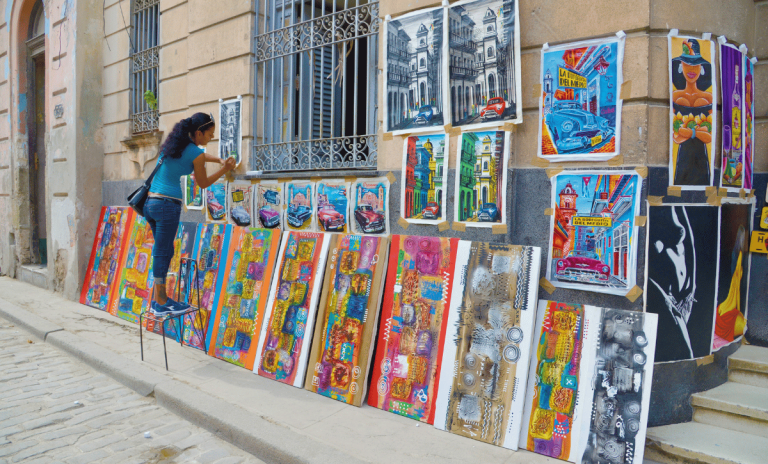
In traversing the cultural tapestry of Cuba, one is not merely a spectator; one becomes a participant in the rhythmic dance of life that defines this island nation. From the cobblestone streets of Old Havana to the sugarcane fields of the countryside, Cuba’s traditions and customs form a kaleidoscope of experiences.
Exploring the cultural tapestry of Cuba is not a passive act but an immersive experience. It’s a journey where every street corner, every note of music, and every historical site tell a story. Cuba, with its vibrant traditions and resilient spirit, leaves an indelible mark on the hearts of those fortunate enough to traverse its enchanting landscapes.
From the sultry beats of salsa to the colonial charm of Old Havana, from the lush tobacco fields of Viñales to the spirited celebrations of Cuban festivals, each facet of the island contributes to a symphony of experiences that lingers long after the journey ends. Cuba, with its unique blend of history, culture, and warmth, invites travelers to not just visit but to immerse themselves in a cultural odyssey unlike any other in the Caribbean.


0 Comment